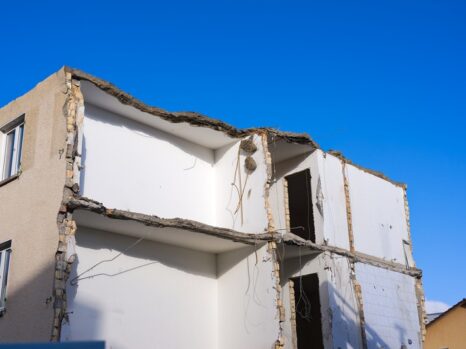Generally, mold could be there where there’s moisture. We always hear it everywhere that they can be found in bathrooms, kitchens, walls, cabinets, attics, and basements. But did you know that they can grow in your home appliances, too?
If you see dark spots in your dishwasher or fridge, it may be a sign. They usually hide in dark areas of your appliances, especially in the seals around the door. Before trying your DIY cleaning solutions to eliminate mold, know which household appliances they can be hiding.
1. Hot Water Heater
Homeowners usually keep their water heater in the closets or other darker rooms of their house. When leaks occur, molds start to grow. In some cases, mold on the floors or walls around the water heater may also be the reason.
Ensure to clean or replace your water heater to avoid the spread of mold and further damage to building materials. If the main cause is mold on the wall or floor around it, address the issue. You can use many effective homemade solutions, such as vinegar, baking soda, lemon juice, etc. In case of severe mold, you might need the help of professionals, like puroclean.ca, if you’re in Canada.
2. Washing Machines
Was there ever a time when you opened your front-loader and smelled a musty odor? Chances are, molds invaded your washing machine. Its watertight design makes a perfect environment for molds to grow and thrive if left untreated.
To keep your clothes and machine smell fresh, regularly clean the gasket and detergent dispensers with hot soapy water. Also, check the drum for possible mold growth if the odor doesn’t disappear after cleaning.
3. Humidifiers
Even the newer models of humidifiers need regular cleaning to avoid mold growth. Each time you refill, empty and dry the base. Use vinegar to remove the scale and then follow instructions from the manual that comes with it on how to disinfect. Always remember to disinfect and descale before and after storage.
Also, be aware of the kind of water you use in your humidifier. If possible, avoid tap water because its mineral deposits can act as a food source to molds. When this happens, they breed and contaminate the water, which can cause harm to your family.
4. Refrigerators
The biggest reason for mold growth in your refrigerator is rotting food. If only it’s as simple as throwing the food and everything would be fine. However, mold can spread through the air and surface contact. So, if spores form on rotting leftover spaghetti, it could spread through air circulation and into the shelf it’s sitting on.
Apply a solution of one tablespoon of baking soda to one quart of warm water. Ensure to wipe down walls, ceilings, and the floor of your refrigerator, including the crevices of the gasket around the door. In addition, remove and clean shelves and bins. After wiping, repeat the process with a clean, dry cloth, and rinse it with warm water to finish.
5. Air Conditioning Vents
You may not hear it all the time, but molds can grow in air ducts, too. Inspect the inside of your vents for visible signs, or if you smell a musty odor, it’s most likely that there’s a presence of mold. If you can’t see or smell anything, you should be alright.
If you want to ensure 100% of your family’s safety, a reputable mold remediation service expert can do a test for mold. Visit this link for more information about professional mold remediation or removal.











